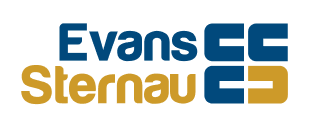Estimated Tax Payment Safe Harbor
Self-employed taxpayers and investors should be making estimated tax payments. Following an estimated tax safe harbor payment schedule will avoid penalties.
What to know about the estimated tax payment safe harbor:
The Estimated Tax Payment Safe Harbor is a provision in the United States tax code that provides taxpayers with a safe harbor to avoid underpayment penalties for failing to pay enough estimated taxes throughout the year. Essentially, this provision allows taxpayers to avoid penalties by meeting certain requirements related to the amount of estimated taxes paid throughout the year.
To meet the safe harbor requirements, taxpayers must either pay at least 90% of their tax liability for the current year or 100% of their tax liability for the previous year (110% for higher-income taxpayers). In other words, if a taxpayer pays at least 90% of their estimated tax liability throughout the year or pays 100% of their tax liability from the previous year, they will avoid underpayment penalties.
It’s important to note that the Estimated Tax Payment Safe Harbor only applies to estimated tax payments made throughout the year, not to the total amount of tax liability for the year. Taxpayers may still owe additional taxes when they file their tax return if their estimated payments did not fully cover their tax liability for the year despite meeting the safe harbor requirements.
Overall, the Estimated Tax Payment Safe Harbor is an important provision for taxpayers who make estimated tax payments throughout the year. By meeting the safe harbor requirements, taxpayers can avoid costly underpayment penalties and ensure that they are in compliance with tax laws.


